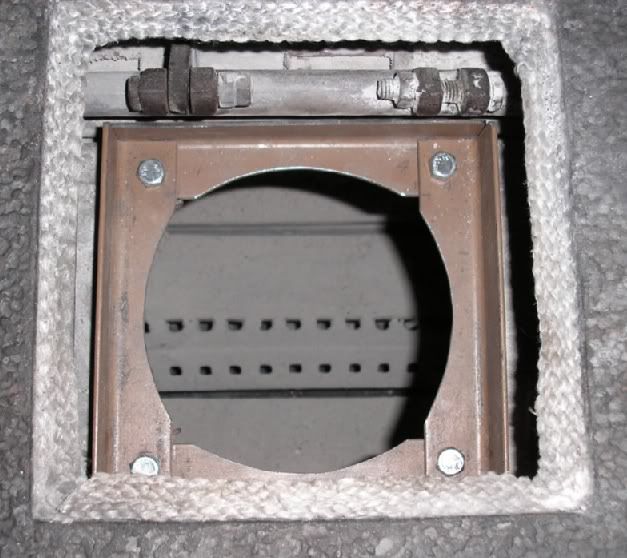Carbuerizing is Gibberish
Well that's your engineering against mine. If steel carbuerizing were a problem, then every wood stove made with steel is slowly carbuerizing. How may years go by before a Fisher, Nashua, Buck, and numerous other brands of wood stoves fall apart due to carbuerizing?
I never claimed that my hot steel plate is doing the same job as a catalyst. The catalyst does perform--I used them for 20 years in a cat stove and got tired of fooling with them. They fall apart in about three years, cost a bundle to replace, and are a bear to clean. Who on earth wants to fool with high-tech trash like that?
I don't and that's why I went to work in my shop and and killed the cat. Therefore, I do have a case and you know it.
You don't have a case, the fact is the steel plate does not do the same thing as a catalyst.
You may think it does, but if you were to do actual testing you would find it performs very differently and my educated guess is that much worse over a wider range of applications than a catalyst.
This doesn't even mention the fact that standard steel starts to Carbuerize at 800F. This is 12+ years of combustion engineering talking. Note I'm not saying the steel plate isn't working, but I am saying that it doesn't do the same job as the catalyst.
Well that's your engineering against mine. If steel carbuerizing were a problem, then every wood stove made with steel is slowly carbuerizing. How may years go by before a Fisher, Nashua, Buck, and numerous other brands of wood stoves fall apart due to carbuerizing?
I never claimed that my hot steel plate is doing the same job as a catalyst. The catalyst does perform--I used them for 20 years in a cat stove and got tired of fooling with them. They fall apart in about three years, cost a bundle to replace, and are a bear to clean. Who on earth wants to fool with high-tech trash like that?
I don't and that's why I went to work in my shop and and killed the cat. Therefore, I do have a case and you know it.





